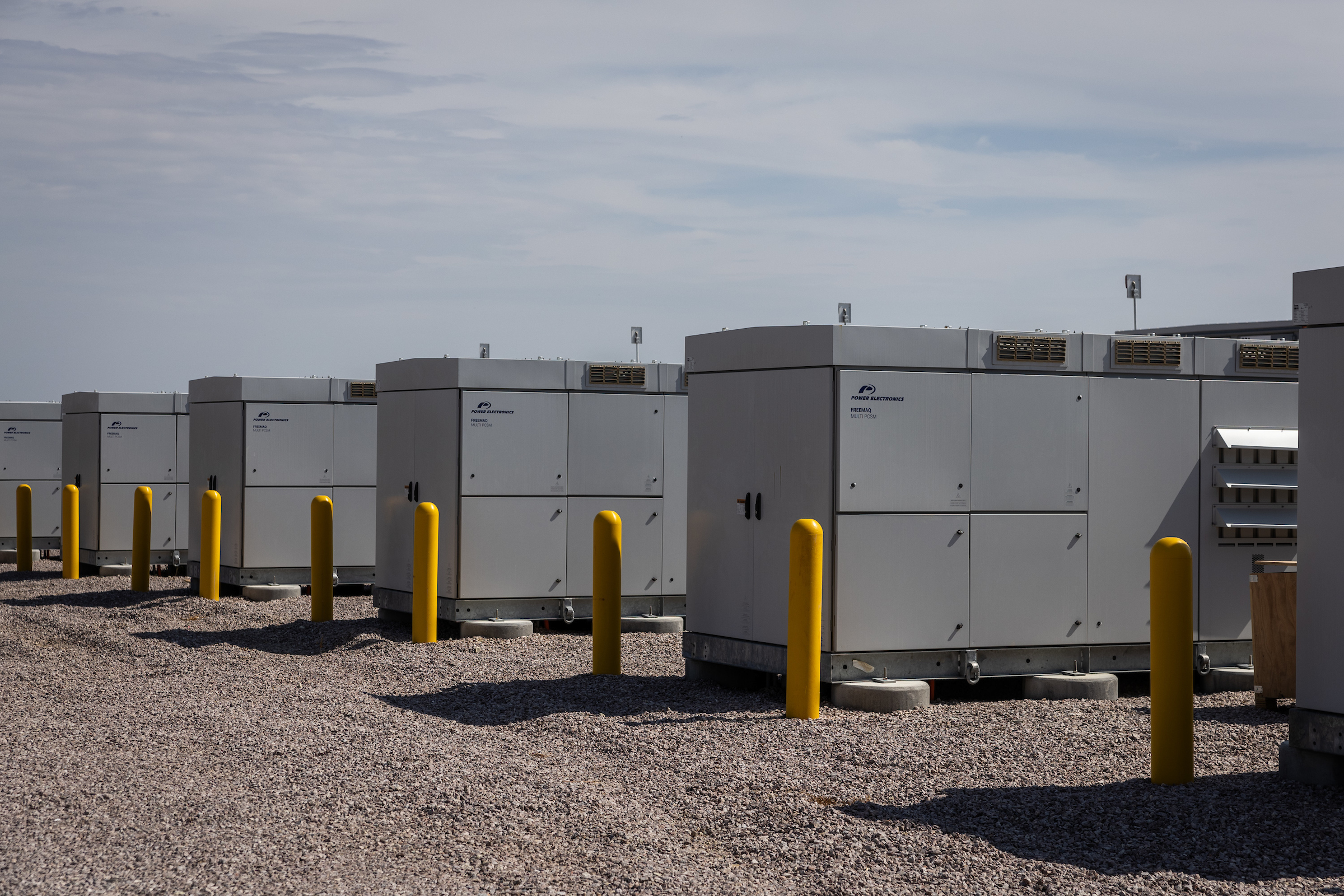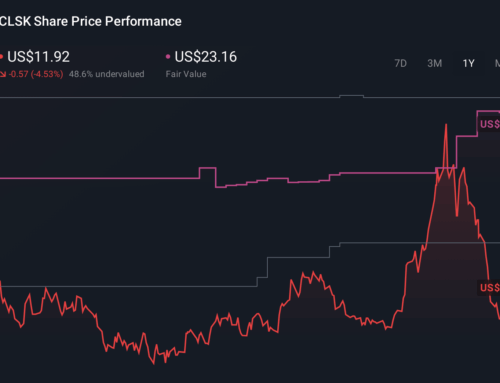CenterPoint Energy partnering on battery storage project that aims to bolster Houston-area
May 15, 2025
Construction is set to begin for a new battery energy storage system in Houston as part of a collaboration between utility company CenterPoint Energy, Irby Construction and SMT Energy.
The 160 megawatt/320 megawatt-hour Battery Energy Storage System (BESS) is designed to improve reliability and resiliency for the Houston-area power grid, according to Wednesday’s news release announcing the project’s groundbreaking. The system will be tied into the statewide Electric Reliability Council of Texas (ERCOT) grid and will be able to deliver “fast response power” during periods of peak energy demand, the companies said.
The project is part of a growing trend statewide that has exponentially increased the state’s battery capacity over the past few years, according to Doug Lewin — the author of the Texas Energy and Power newsletter and the host of the Energy Capital podcast.
“It’s an exciting project and I think we’ll see a whole lot more like that,” he said. “There’s a bunch already there, but the more of these batteries we get in and around Houston, the better grid reliability and resiliency we’ll get.”
Irby Construction, the company contracted to build the project, said construction is expected to begin this month and be completed by early July. Amanda Cobb Davis, Irby’s director of operations for battery energy storage systems, said the groundbreaking comes after more than a year of preparation.
“We have invested a year of hard work to ensure that the project is engineered efficiently, and we are ready to get our boots on the ground and start construction,” Davis said in a statement.
SMT Energy will be the owner and developer of the project, while CenterPoint will facilitate the system’s integration into the broader Houston electrical grid.
Tony Gardner, a senior vice president and chief customer officer for CenterPoint, said the batteries will be integrated into its grid resiliency action plan, which was implemented in response to the widespread power outages during Hurricane Beryl that left 2.2 million in the dark.
“Projects like this demonstrate how collaboration and forward-thinking infrastructure come together to power a more resilient energy future,” Gardner said. “This is one more action we are taking to build a more resilient and reliable grid to better serve our customers.”
Lewin said 5,000 megawatts of stored battery energy were added to the Texas power grid last year and another 5,000-7,000 megawatts are likely to be added in 2025, with him adding, “There’s no reason to think that that couldn’t just continue for many years.”
Texas has approximately 11,000 megawatts of battery capacity, and Lewin said it can make a huge difference during peak demand, especially when paired with solar energy during the summer.
“It’s hard to imagine something more perfectly suited to a Texas summer than solar and storage, because solar is going to really hit its maximum [around] noon,” he said. “And then, of course, the sun goes down. … That’s where batteries really kick in and so that two or three or four hours of battery storage is just perfectly suited to that time.”
Lewin said the location of the project is also important as Houston currently imports most of its power throughout the day, leading to higher costs for residents.
“We have a market that has a thousand different nodes where prices are settled differently,” he said. “Houston has some of the most congested and high-priced nodes in the state. Something like 60% to 70% of the power that is being consumed in Houston at any given time is being brought over high-voltage transmission lines into the Houston area.”
Search
RECENT PRESS RELEASES
Related Post





